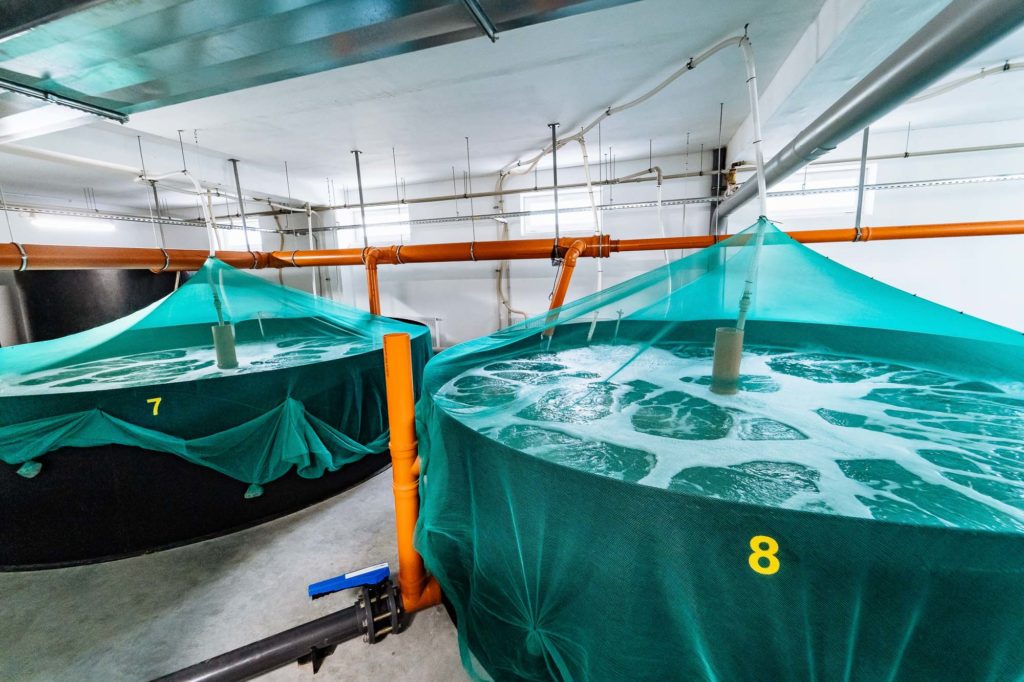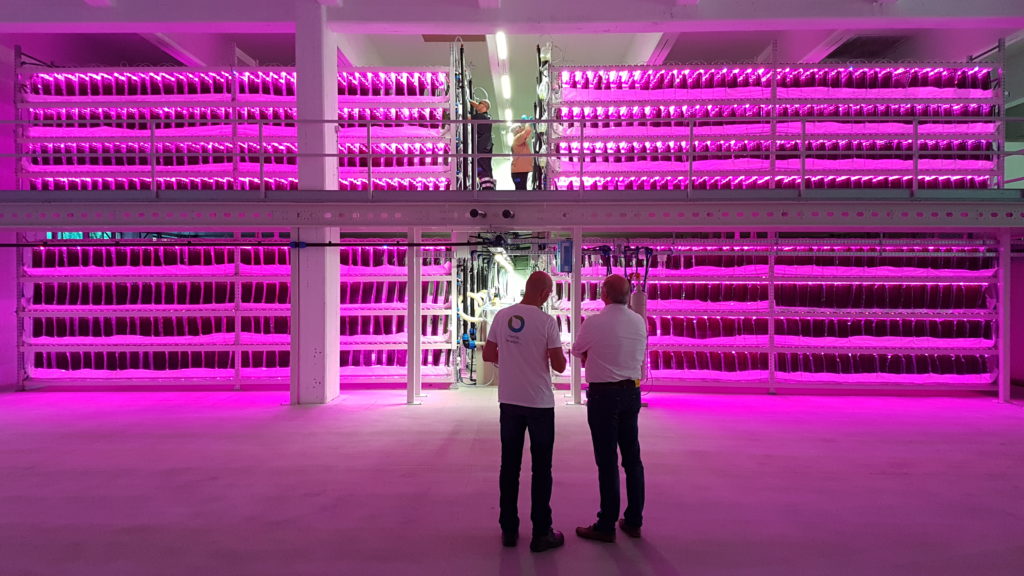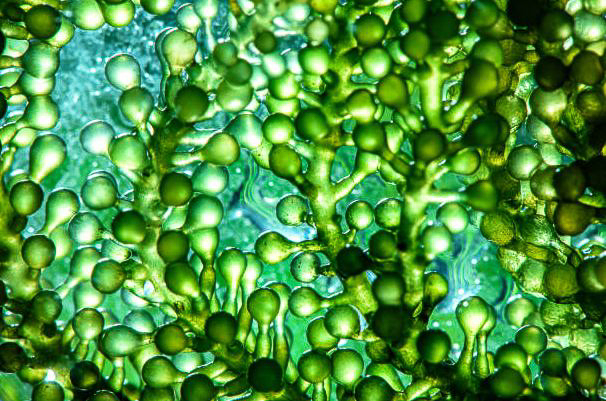The article was written by Fintan Burke (ESCI) and originally published on AlgaePlanet. The article is available in multiple languages.
When it comes to water, there are strong efforts to stop releasing pollutants into fresh and marine water bodies. However, some industrial sewage doesn’t need to be treated, and instead could enter another production process. This can save tons of the precious resource.
The EU-funded research project LOCALITY will use industrial wastewater as growing medium for microalgae, which can be then used as ingredients in regional strategic industries such as textile (Sweden), greenhouse agriculture and food (the Netherlands) and aquaculture (Norway).

The project has research, industrial and commercial goals. Instead of losing nutrient-rich effluents and spending clean water to cultivate these valuable marine and freshwater organisms, this circular pipeline aims to sustainably manage the water. They estimate they can reuse up to 200 000 liters, also reducing the costs for the algae culture medium.
Three regional ecosystems in the North and in the Baltic Sea will profit from the microalgae bioremediation, which is expected to recycle up to 80% of the nutrients released by industrial facilities. At the same time, local seaweed will also be cultivated and used as an ingredient.
Margarida Costa, Head of Research at the Norwegian Institute for Water Research (NIVA), coordinates this project under the EU Mission: Restore our Ocean and Waters and says that the main challenge is the side stream’s variable composition, which conditions the algae cultivation.
Costa explains that ”most of our research resources will be applied to establish dynamic ecosystems, which can be operated regardless of the side stream composition and, at the same time, utilise the nutrients available at those streams as much as possible.”

Costa says algae is becoming a promising alternative to animal-based feedstock and a valuable ingredient for a range of products. ”Algae will represent a breakthrough in our economic and industrial perception. This project has a strong market emphasis, our team is driven not only by the process of developing innovative products, but also by its introduction in the market,” says Costa.
Another major goal of LOCALITY is to define guidelines for sustainable microalgae production and seaweed harvesting. They are also planning to standardise algae products, define licensing and labelling regulations, and identify possible regulatory gaps.
Reducing the environmental footprint along the life cycle of the products improves their value chain sustainability, which is becoming highly valuable for consumers. In this sense, the market approach of the project also aims at addressing societal concerns, increasing society’s awareness of algae, and promoting a circular industrial economy through dissemination actions and consumer and market studies.
LOCALITY will last until 2027, following a timeline aligned with the EU Mission’s multiple phases and linking critical industrial players to stimulate co-creation and, eventually, pursue common and broader goals: protecting and restoring Europe’s aquatic ecosystems and fostering the market’s uptake of innovative, socially responsible, and sustainable products.
